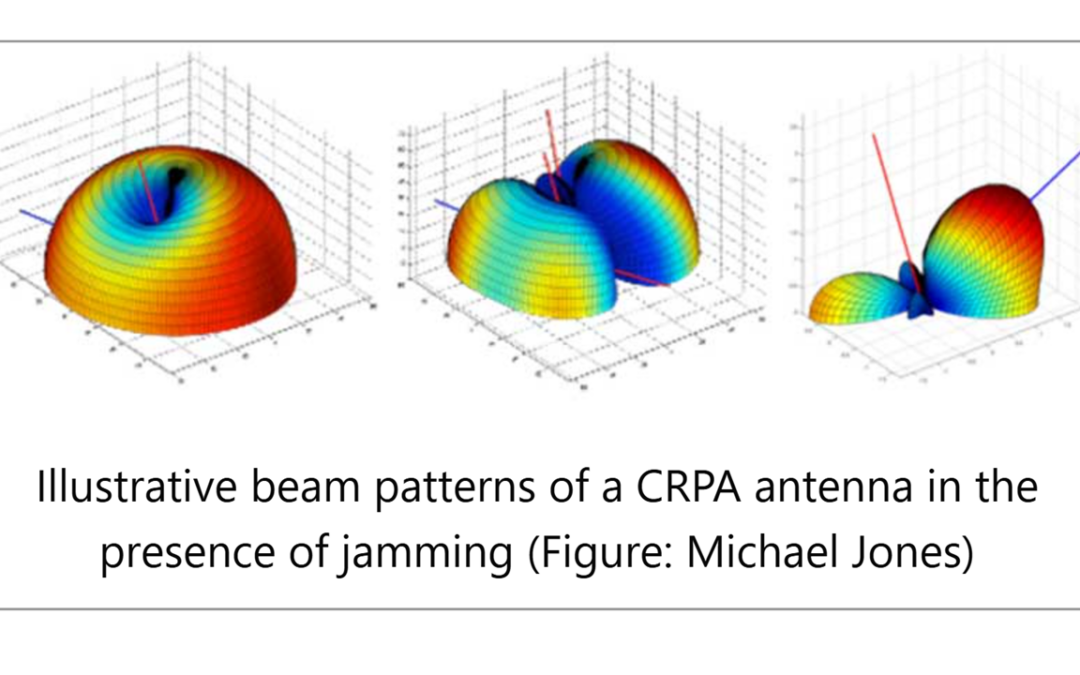Image: Micheal Jones, Roke
What’s new: We are a bit late posting this, but the U.S. government has finally decided to take Controlled Reception Pattern Antennas (CRPA) off the ITAR (International Trafficking in Arms Regulations) list of items that count as weapons or parts of weapons and for which export must be strictly controlled. The removal takes place on the 15th of September this year.
Why it’s important:
- CRPAs are a good way for GPS/GNSS users to defeat many jamming and spoofing attacks.
- While companies in other nations have been building and selling these without restrictions for years, U.S. companies have been very limited in what they can do.
What else to know:
- This is something the PNT Advisory Board has advocated for years. No one in the government disagreed with the idea, but bureaucratic processes and priorities had prevented action.
- At one point we understood this was approved, but would not be processed until 2026. Good to see action sooner.
- If and when jamming and spoofing starts coming from space-based assets, these antennas may provide little protection.

First Fix: Freeing CRPAs
Est. reading time: 2 minutes
Controlled Reception Pattern Antennas (CRPAs, pronounced “serpers”) are still the single most effective counter to the threat to GNSS from jamming and spoofing — a growing problem in and near conflict areas, such as Ukraine and the Middle East. CRPAs, which make use of the fact that the desired satellite signals and the unwanted jamming signals generally arrive from different directions, reduce the effective range of jammers by up to five orders of magnitude. They are attractive because they replace existing antennas on GNSS receivers without requiring any other changes — though they are generally larger than typical GPS antennas because they contain several antenna elements and some associated electronics.


